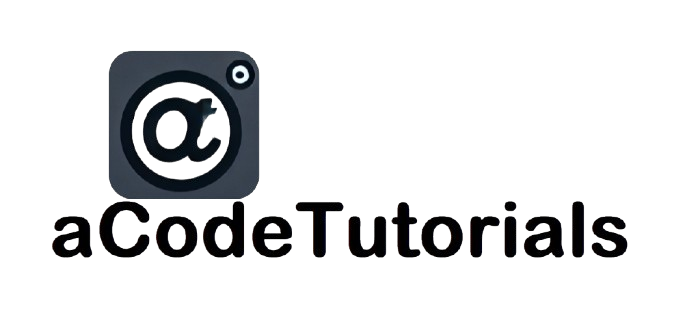jQuery ID Selector
The ID Selector in jQuery is used to select a single HTML element based on its unique id attribute. Since IDs are intended to be unique within a webpage, the ID Selector is a powerful tool for targeting a specific element and applying actions, styles, or effects to it.
Syntax
$("#id")
idis the value of theidattribute of the element you want to select.- The ID Selector is prefixed with a
#symbol, which tells jQuery that you’re selecting an element by its ID.
How It Works
- When you use the ID Selector, jQuery finds the element with the specified ID and applies the desired actions to that element alone.
- Since IDs are unique, the ID Selector will always return a single element, making it ideal for targeting specific elements like a header, footer, or a unique section of the page.
Example Usage
1. Selecting and Styling an Element by ID
You can use the ID Selector to apply a style to a specific element.
<!DOCTYPE html>
<html lang="en">
<head>
<meta charset="UTF-8">
<title>ID Selector Example</title>
<script src="https://code.jquery.com/jquery-3.6.0.min.js"></script>
<script>
$(document).ready(function() {
$("#header").css("background-color", "yellow");
});
</script>
</head>
<body>
<div id="header">This is the header</div>
<div id="content">This is the content</div>
</body>
</html>
Explanation:
- In this example,
$("#header")selects the element with the IDheaderand changes its background color to yellow. The element with the IDcontentremains unaffected because it was not selected.
2. Changing Text Content
You can use the ID Selector to modify the text content of an element.
$("#header").text("Welcome to My Website");
Explanation:
- This code selects the element with the ID
headerand changes its text content to "Welcome to My Website".
3. Attaching an Event to an Element by ID
The ID Selector can also be used to attach events to specific elements.
$("#submitButton").click(function() {
alert("Button clicked!");
});
Explanation:
- This code attaches a click event handler to the element with the ID
submitButton. When the button is clicked, an alert will be displayed.
When to Use the ID Selector
- Targeting Specific Elements: The ID Selector is ideal when you need to manipulate a specific, unique element on the page, such as a form’s submit button, a unique section header, or any element that needs individual styling or behavior.
- Form Handling: It’s commonly used in form validation or processing scripts where you need to interact with specific input fields or buttons.
- Unique Styling: Apply specific styles to an element without affecting other similar elements on the page.
Example: Combining ID Selectors
While each ID is unique, you can combine multiple ID Selectors if needed.
$("#header, #footer").css("padding", "10px");
Explanation:
- This code selects both the
headerandfooterelements by their IDs and sets their padding to 10px.
Performance Considerations
- The ID Selector is very efficient because IDs are unique, and browsers can quickly locate elements by their ID.
- It’s generally best practice to ensure that IDs are unique within the document to avoid unexpected behavior.
